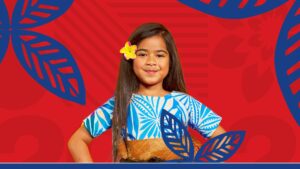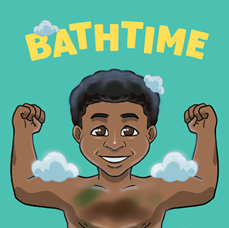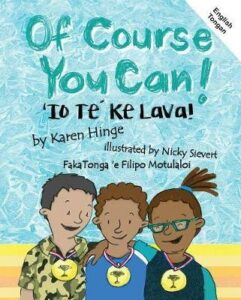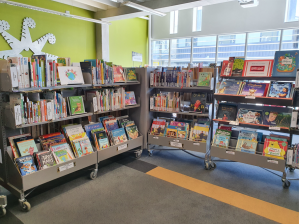Read this post in Simplified Chinese!
大家好!你好!我們將在即將到來的9月17日至23日慶祝紐西蘭中文週。舉辦紐西蘭中文週的目的是為了推廣中文學習。中文是一門優美獨特語言,而中文的特別之處在於,中文文字不止傳達了其發音,同時也承載了其涵義。更酷的是,中文的起源可追溯至商朝時期,大約公元前1766至1122年,為世界上最古老的語言之一。
中文涵蓋了共302門的方言,而不同的地區會有不同的母語。舉例來說,在上海你會聽到上海話,在四川則有四川話。在香港,大家以粵語為主,台灣人則會說台語。如果你有機會到訪馬來西亞或新加坡,你會遇到會說廣東話,福建話,或客家話的華人。在紐西蘭,大部分的華裔都說廣東話,其次則是普通話。
此外,漢字(中文字)還可以分為簡體字和繁體字。簡體字是從繁體字演化而來,閱讀方式就和閱讀英語一樣,從左到右。而繁體字則相反,排版通常為豎排排版,閱讀方式從右到左,從上到下。如今,中國,馬來西亞和新加坡以簡體字為主;而繁體字則見於台灣,香港和澳門。
圖書館活動
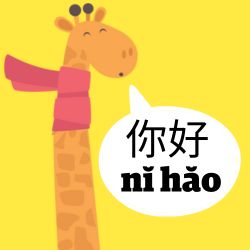 為了慶祝中文週,威靈頓圖書館舉辦了各式各樣的活動,歡迎大家一起來參加!
為了慶祝中文週,威靈頓圖書館舉辦了各式各樣的活動,歡迎大家一起來參加!
普通話故事會 – 早上10.30至11.00,9月17日,星期日
提亞威圖書館 Te Awe Library, 29B Brandon Street, Wellington.
為慶祝中文週,提亞威圖書館將舉辦特別的普通話故事會。我們的故事會將包括有趣和好玩的故事及詩詞韻律。建議2歲以上的兒童及其看護人參加。
普通話故事會 – 早上10.30至11.00, 9月20日,星期三
Newtown圖書館 Newtown Library, 13 Constable Street, Newtown.
在Newtown圖書館慶祝紐西蘭中文週。讓4-8歲的華裔兒童及家長體驗中文文化的魅力!其他中文與方言者歡迎!
雙語故事會 – 早上11.00至下午12.00,9月23日,星期六
Karori卡羅里圖書館 Karori Library, 247 Karori Road, Karori.
在Karori圖書館,將有慶祝紐西蘭中文週的活動。活動內容有講故事、唐詩朗誦及展現中文流行樂與童謠,讓4-8歲的華裔兒童及家長體驗中文文化的魅力!其他中文與方言者歡迎!
 書法工坊 – 下午2.00至3.00,9月23日,星期六
書法工坊 – 下午2.00至3.00,9月23日,星期六
Newtown圖書館 Newtown Library, 13 Constable Street, Newtown.
在Newtown圖書館慶祝紐西蘭中文週。一起嘗試研墨執筆,體驗中國書法。
三語故事會 – 早上10.30至11.00,9月25日,星期一
Tawa圖書館 Mervyn Kemp (Tawa) Library, 158 Main Road (Cnr Cambridge Street & Main Road), Tawa.
為慶祝中文週,我們將舉辦特別的粵語、普通話和英語的三語故事會。建議2歲以上的兒童及其看護人參加。
三語故事會 – 早上10.30至11.00,9月26日,星期二
Waitohi強生威爾遜圖書館 Johnsonville Library, 34 Moorefield Road, Johnsonville.
為慶祝中文週,我們將舉辦特別的粵語、普通話和英語的三語故事會。建議2歲以上的兒童及其看護人參加。
書籍
同時,大家也別忘了到圖書館借閱我們的兒童讀物。在我們的藏書裡,有一系列關於中華文化的書籍:
Dim sum, here we come / Lam, Maple
“Today is Sunday and that means its dim sum time with my whole family! I can’t wait to see everyone, especially Grandma. I’m going to eat lots of shrimp dumplings, rice noodle rolls, egg tarts, and my favorite–char siu buns. We will have to order enough for us all to share. So what are you waiting for? Dim sum, here we come!” (Catalogue)
Cang Jie : the inventor of Chinese characters / Li, Jian
“In ancient times under the reign of Yellow Emperor (about 2500 B.C.), people kept records by piling stones and tying knots. One day, Cang Jie, a historical official who tied knots to keep records under Yellow Emperor, unexpectedly made a big mistake. Feeling very guilty, he was determined to find out a better way for keeping records. […] In this multicultural children’s story, kids will find out that there is a story behind every Chinese character. Children will also learn about basic Chinese characters and how to make them.” (Adapted from Catalogue)
The Anchor book of Chinese poetry
“Unmatched in scope and literary quality, this landmark anthology spans three thousand years, bringing together more than six hundred poems by more than one hundred thirty poets, in translations-many new and exclusive to the book-by an array of distinguished translators. Here is the grand sweep of Chinese poetry, from the Book of Songs-ancient folk songs said to have been collected by Confucius himself-and Laozi’s Dao De Jing to the vividly pictorial verse of Wang Wei, the romanticism of Li Po, the technical brilliance of Tu Fu, and all the way up to the twentieth-century poetry of Mao Zedong and the post–Cultural Revolution verse of the Misty poets. […] The Anchor Book of Chinese Poetry captures with impressive range and depth the essence of China’s illustrious poetic tradition.” (Adapted from Catalogue)
All about China : stories, songs, crafts and games for kids / Branscombe, Allison
“Take the whole family on a whirlwind tour of Chinese culture and history with this award-winning, delightfully illustrated book complete with stories, activities, and games. This Chinese children’s book is perfect for educators and parents wishing to teach kids about this fascinating Asian country. Travel from the stone age through the dynasties to the present day with songs and crafts for kids that will educate them about Chinese language and the Chinese way of life.” (Catalogue)
Let’s make dumplings! : a comic book cookbook / Amano, Hugh
“Includes dumpling history and lore, this comic book cookbook invites readers to explore the big little world of Asian dumplings and proves that intricate folding styles and flavourful fillings are achievable in the home kitchen.” (Catalogue)
Chinese / Dickmann, Nancy
“This book takes a light-hearted look at the characters and creatures from the Chinese mythological stories. These myths come from different cultural groups, and they include stories about how the world came to be, as well as folk tales and stories with a religious message. The stories are full of gods, monsters, animals, ghosts and nature spirits. The book is structured as a ‘Who’s Who’ of the culture’s myths and legends and has a gossipy, informal tone, allowing the characters’ personalities to come through.” (Adapted from Catalogue)
Chinese children’s favorite stories / Yip, Mingmei
“A collection of children’s legends and tales from China. This volume of beloved Chinese stories contains a delightful selection from the rich store of Chinese folklore and legend. Discover the many delightful animal characters as well as Chang-E, the famous Eight Immortals, and Guan Yin, goddess of compassion. Retold for an international audience, the beautifully illustrated stories will give children aged six to ten in other countries a glimpse into both the tradition and culture of China. – Publisher.” (Catalogue)
此外,我們也有不少中文書籍,能夠讓你從今天就能開始練習你的普通話哦!
First words. Mandarin / Mansfield, Andy
“Bring the Mandarin language to life with this beautifully illustrated children’s book from Lonely Planet Kids, an imprint of Lonely Planet, the world’s leading travel guide and phrasebook publisher. Perfect for the whole family, First Words Mandarin features 100 words to use while travelling, from food and transport, to animals and weather. Each word is accompanied with a bold illustration and a simple pronunciation guide to make the vocabulary fun and easy to learn.” (Adapted from Catalogue)
The little monkey king’s journey = Xiao Wukong / Li, Jian
“Long long ago, a little Monkey was born from an old magic stone which suddenly cracked open after lying in the sunlight and moonlight for thousands of years. Although he was an orphan, the Little Monkey was extremely talented. Fortunately, the Monkey King in the mountain adopted him. […] During his journey, with the help from the Immortal Turtle, the Phoenix, the Dragon King and the Immortal, the Little Monkey gained a powerful body. Could he eventually save the life of the Monkey King?” (Adapted from Catalogue)
Xia tian de cai hong = Summertime rainbow / Yang, Belle
“In this story presented in both English and Chinese, bunnies hop through the meadow on a beautiful summer day, spotting blue sky, white clouds, yummy green grass, and other colorful sights.” (Catalogue)
Home for Chinese New Year : a story told in English and Chinese / Wei, Jie
“The Chinese New Year is a time for family reunions. This Chinese children’s story tells a delightful trip with lots of cultural details along the way! Jia Jun’s Dad worked out of town all year around. Now it’s time for him to come home. He took a train, bus, three-wheeled motorcycle, ferry-boat and even walked for many miles. He finally made it home and had a reunion dinner with his family on New Year’s Eve. […] In a few days, Dad was ready to head back to work, but it was certain that Dad would be home again next year to celebrate the Chinese New Year with his family.” (Adapted from Catalogue)
Xiao lao shu yu jin zhong zi = The little rat and the golden seed : a story in English and Chinese / Li, Jian
“Age range 5+ Learn how the clever Little Rat earned his place as one of the Chinese Zodiac Animals.This adorable Chinese-English bilingual children’s book tells the story of the Little Rat and the Grandpa — unlikely allies who embark on an adventure to find a golden seed. They encounter rough seas, fierce guards and tall mountains, but — in the end — bring home a golden rice seed and save the village from going hungry.” (Catalogue)
更多關於我們的圖書館中文書籍您可以點擊這裡
那今天的分享就到這裡結束咯, 就從今天開始屬於你的中文學習旅程吧!
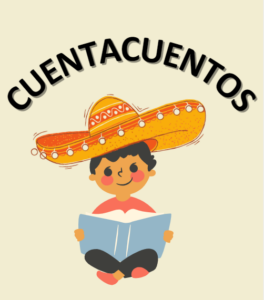
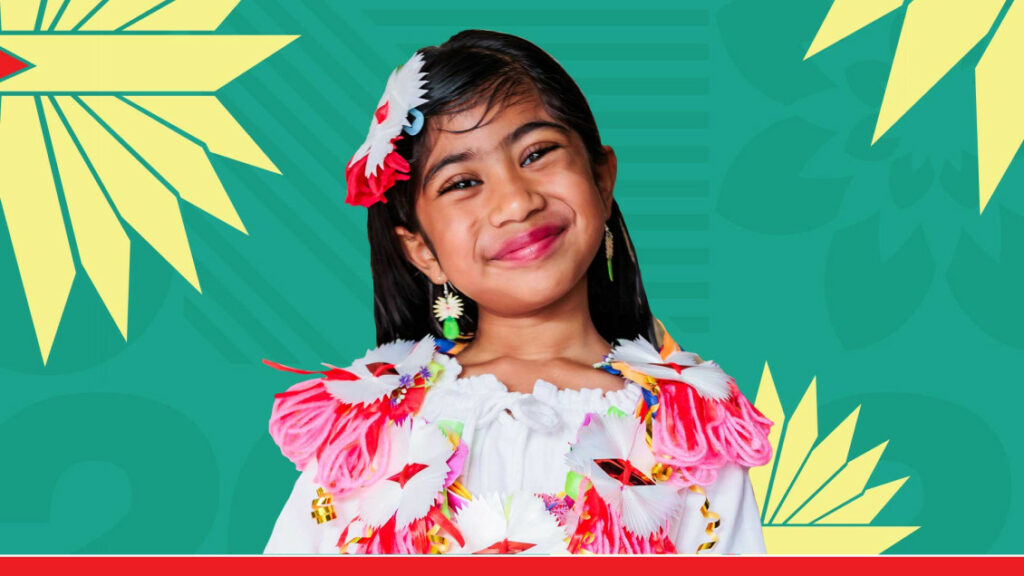
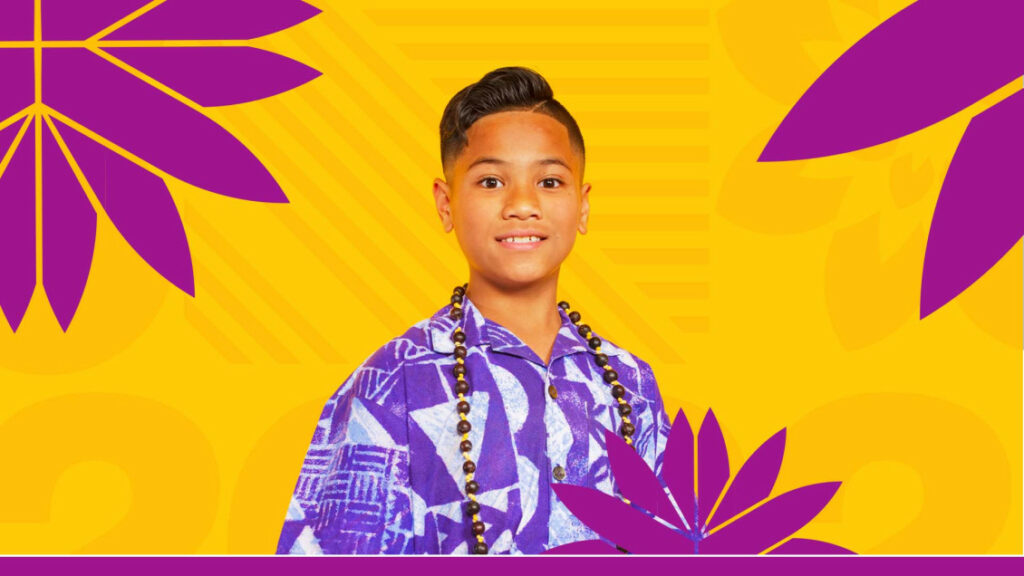

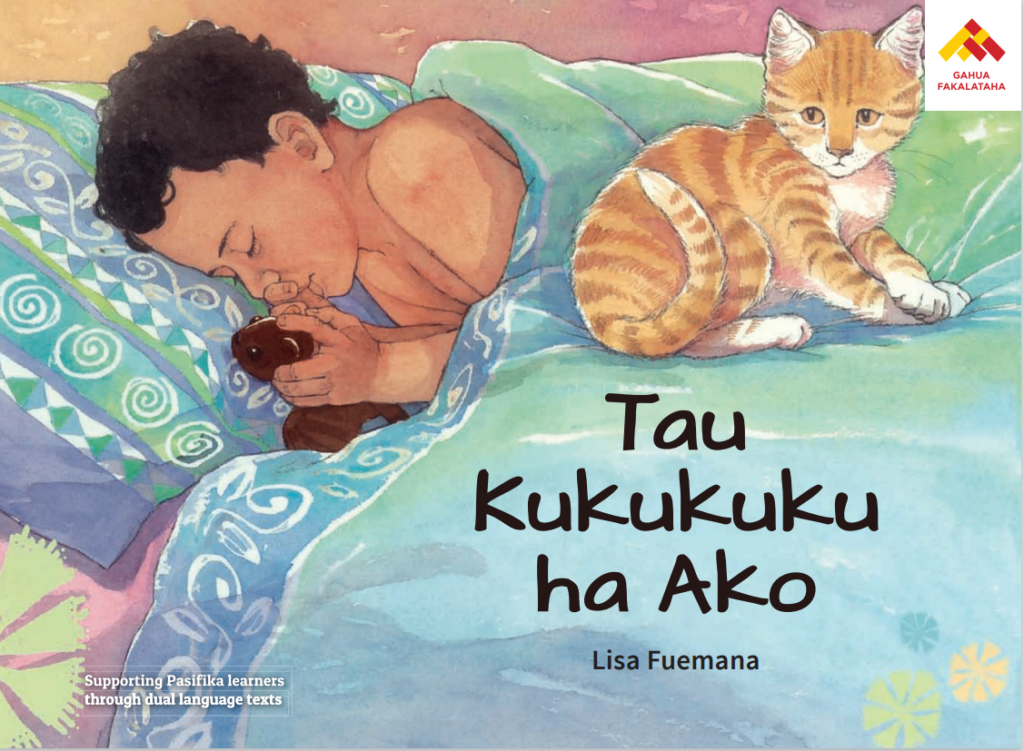 Tau kukukuku ha Ako = Ako’s hugs / Fuemana-Foaʿi, Lisa
Tau kukukuku ha Ako = Ako’s hugs / Fuemana-Foaʿi, Lisa  Tau matatohi Faka-Niue : Niue alphabet with English translation / Ikenasio-Thorpe, Bettina
Tau matatohi Faka-Niue : Niue alphabet with English translation / Ikenasio-Thorpe, Bettina 